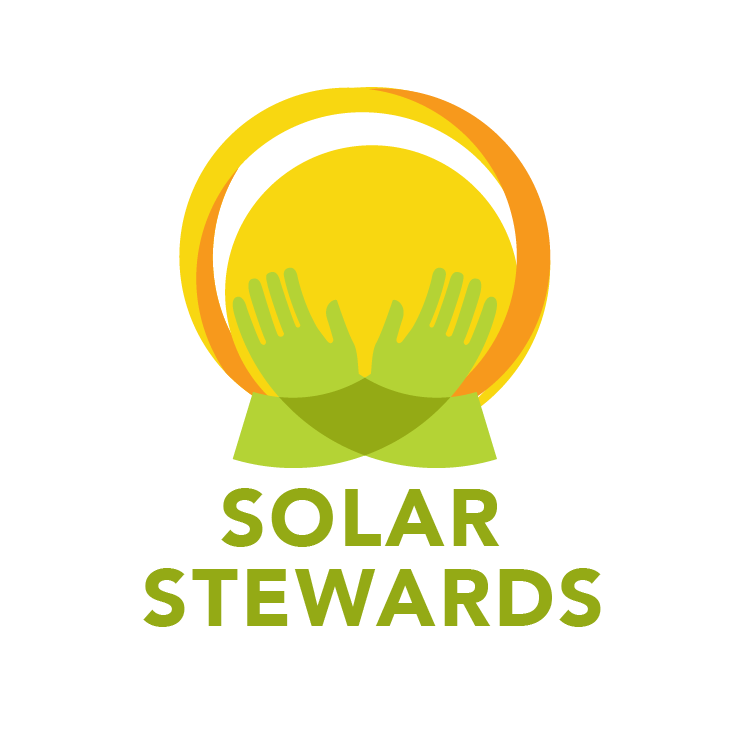
FAQ
Frequently Asked Questions
About Solar Stewards
What is a Community Partner?
What is a Climate Steward?
About the Marketplace
What is the Marketplace?
How does the Marketplace work?
What is a Solar Stewards Marketplace Membership?
Why a Membership?
How long is the Membership for?
About the Marketplace Features
“I can receive packages at this address” checkbox when signing up.
What does a “served account” badge represent?
How is the data on the Project Details page calculated?
What is nameplate capacity?
What is the annual expectation?
What is the capacity factor?
About RECs
What is a REC?
REC stands for Renewable Energy Certificate. Also known as “renewable energy credit”. RECs are market-based instruments that represent the property rights to the environmental, social, and other non-power attributes of renewable electricity generation. RECs are issued when one megawatt-hour (MWh) of electricity is generated and delivered to the electricity grid from a renewable energy resource. Since they are market-based that means they can be traded.
How much is 1 MWh of electricity?
1 MWh of energy would supply around 1.2 months of electricity to the average American home, or around 3,600 miles of travel to an electric car.
Why do businesses buy RECs?
RECs are a way of establishing a claim on the environmental benefits that stem from generating renewable energy. Through RECs, businesses can reach their sustainability goals or comply with regulations and policies.
What is the difference between RECs and carbon credits?
Carbon credits are granted to a company, allowing them to produce a specific amount of greenhouse gas emissions. These credits create a limit to how much pollution can be emitted. However, carbon credits can still be sold to other companies that need them, as they may find it difficult to operate and simultaneously reduce their greenhouse gas emissions. Meanwhile, RECs provide the means to decrease such emissions.
What is a Social RECTM?
These are RECs from renewable energy projects that directly benefit historically excluded communities and those on the front lines of climate change. Therefore, besides the environmental benefits of regular RECs, Social RECsTM are also an avenue for social impact and restorative justice. Social RECsTM are exclusively available at the Solar Stewards Marketplace.
Why do businesses buy Social RECsTM?
Social RECsTM allow businesses to generate a positive community impact, establish their branding, create community relations, and meet voluntary social responsibility goals as well as Corporate Social Responsibility (CSR), Environmental Social Governance (ESG), Diversity Equity Inclusion (DEI), and UN Sustainable Development goals.
About Community Benefits Agreements
What is a CBA?
Action Tank USA - Community Benefits Agreement Toolkit
A CBA, Community Benefits Agreement, is a legally enforceable contract between the developer of a proposed project and a coalition of community-based organizations that represent residents’ interests. In exchange, the community stakeholders agree to support (or at least remain neutral on) the project. The CBA allows the parties to incorporate new ideas and provisions outside the typical development deal between the developer and the local government. CBAs focus on commitments that benefit the community broadly, rather than just the organizations that negotiated the CBA.
Where can I learn more about CBAs?
About Energy Equity & Environmental Justice
What is a distressed city?
A distressed city is an area of local government (i.e., usually a city or county) that has a per capita income of 80 percent or less of that State's average or an unemployment rate that is one percent greater than the national average for the most recent 24-month period for which statistics are available.
What is a brownfield?
The term brownfield typically refers to land that is abandoned or underused, in part, because of concerns about contamination. The federal government defines brownfields as “abandoned, idled or underused industrial and commercial properties where expansion or redevelopment is complicated by real or perceived environmental contamination.” Examples of brownfields include, but are not limited to: former service stations, former dry cleaners, factories, warehouses, parking lots, and abandoned railroads.
What is an opportunity zone?
Opportunity zones are an economic development tool that allows people to invest in distressed areas in the United States. Their purpose is to spur economic growth and job creation in low-income communities while providing tax benefits to investors.
What is a heat island?
Heat islands are urbanized areas that experience higher temperatures than outlying areas. Structures such as buildings, roads, and other infrastructure absorb and re-emit the sun’s heat more than natural landscapes such as forests and water bodies. Urban areas, where these structures are highly concentrated and greenery is limited, become “islands” of higher temperatures relative to outlying areas. Daytime temperatures in urban areas are about 1–7°F higher than temperatures in outlying areas and nighttime temperatures are about 2-5°F higher.
What is procedural justice?
Procedural justice speaks to the idea of fair processes, and how people’s perception of fairness is strongly impacted by the quality of their experiences and not only the end result of these experiences. Individuals’ perceptions of procedurally just encounters are based on four central features of their interactions with legal authorities: Whether they were treated with dignity and respect; Whether they were given voice; Whether the decision-maker was neutral and transparent; and Whether the decision-maker conveyed trustworthy motives.
